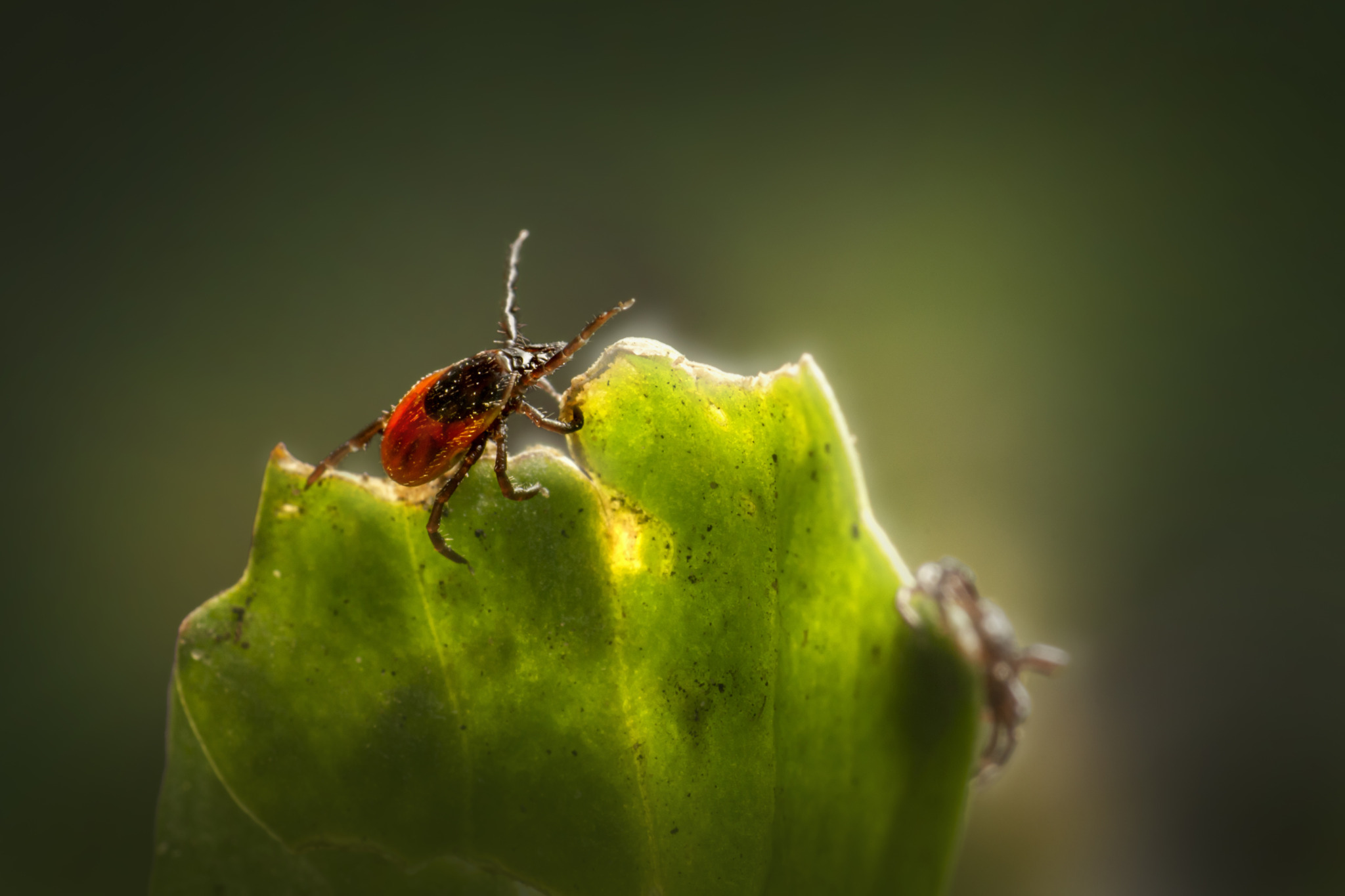The Castor Bean Tick (Ixodes ricinus) stands as a formidable figure in the world of arachnids, known for its significant impact on public health and its intricate ecological interactions. This review aims to shed light on the biology, behavior, and the public health implications associated with Ixodes ricinus.
Ixodes ricinus, commonly referred to as the Castor Bean Tick, is a species of hard-bodied tick belonging to the family Ixodidae. It is widely distributed across Europe and parts of Asia, thriving in diverse habitats ranging from woodlands to urban areas. This cosmopolitan tick exhibits a remarkable ability to adapt to various environmental conditions, making it a versatile and resilient species.
One of the most notable aspects of Ixodes ricinus is its role as a vector for a range of pathogens, including bacteria, viruses, and protozoa. Notably, it is a primary vector for Lyme disease, a debilitating illness caused by the bacterium Borrelia burgdorferi. Additionally, it can transmit other diseases such as tick-borne encephalitis (TBE) and Anaplasmosis, posing significant risks to human and animal health.
The life cycle of Ixodes ricinus is complex, involving multiple stages: egg, larva, nymph, and adult. Each stage requires a blood meal for development, typically obtained from a variety of hosts, including mammals, birds, and reptiles. This feeding behavior contributes to its capacity for pathogen transmission and enables its survival across different environments.
Behaviorally, Ixodes ricinus exhibits a questing behavior, where it climbs vegetation and waits for hosts to pass by, upon which it attaches itself for feeding. This strategy enhances its chances of encountering potential hosts and facilitates the transmission of pathogens.
In recent years, the distribution and abundance of Ixodes ricinus have been influenced by various factors, including climate change, land-use changes, and urbanization. These environmental changes have led to shifts in the geographical range of the tick and alterations in its host-seeking behavior, with potential implications for disease transmission dynamics.
Efforts to mitigate the impact of Ixodes ricinus on public health encompass integrated tick management strategies, including habitat modification, use of acaricides, and public awareness campaigns. Additionally, ongoing research endeavors seek to enhance our understanding of tick-borne diseases, tick ecology, and the development of novel control methods.
In conclusion, the Castor Bean Tick (Ixodes ricinus) represents a significant public health concern due to its role as a vector for various pathogens. Understanding its biology, behavior, and ecological interactions is paramount for implementing effective control measures and mitigating the risks posed by tick-borne diseases in affected regions. Continued research and collaborative efforts are essential for addressing the challenges posed by Ixodes ricinus and safeguarding human and animal health.
Views: 40
Subscribe to the newsletter:
